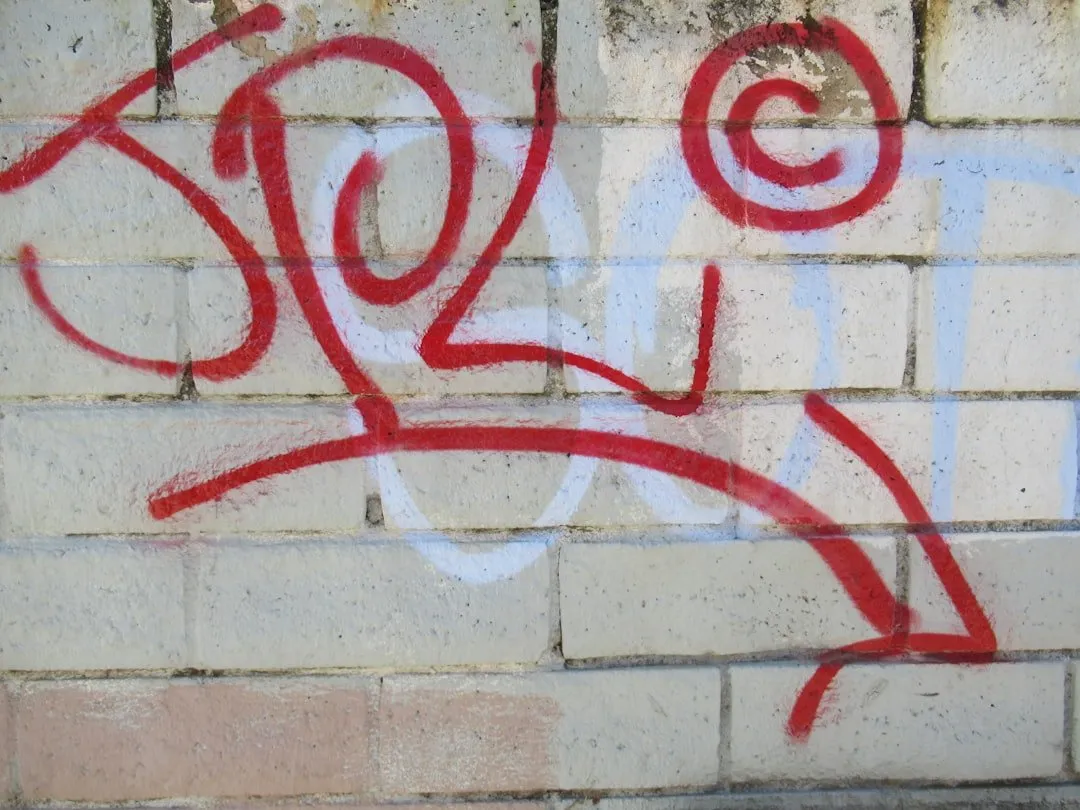Kratom, from the tropical Mitragyna speciosa tree, offers hope for addiction treatment. Recognizable by its robust stems, broad green leaves, and vibrant flowers, kratom contains alkaloids that interact with opioid receptors, aiding withdrawal and reducing cravings. Understanding what a kratom tree looks like is essential for accessing this natural resource safely and effectively as part of recovery support.
Kratom, derived from the leaves of the tropical Kratom tree (Mitragyna speciosa), has gained attention as a potential aid in addiction treatment and recovery. This natural herb, native to Southeast Asia, offers a unique profile of compounds that may support those struggling with substance use disorders. In this article, we explore the origins of kratom, its promising benefits for addiction, and essential considerations for safe and effective dosage, including insights into what a kratom tree looks like.
- Exploring Kratom's Natural Origin: What Does a Kratom Tree Look Like?
- Unlocking Potential Benefits for Addiction Treatment
- Navigating Safety and Effective Dosage for Recovery Support
Exploring Kratom's Natural Origin: What Does a Kratom Tree Look Like?

Kratom, a plant with scientific names Mitragyna speciosa, is native to Southeast Asia, particularly regions like Thailand, Malaysia, and Indonesia. Its natural habitat includes dense tropical forests where it thrives under the canopy of taller trees. The kratom tree itself can grow up to 12-16 meters tall, featuring a robust trunk and sprawling branches. It has large, compound leaves that are deeply veined and arranged in an alternating pattern along the stem. These leaves come in various shades of green, depending on the plant’s maturity and environmental conditions. The tree also produces small, white flowers and fruit pods containing seeds. This distinctive flora is a crucial aspect that sets kratom apart, making it easily recognizable both in its natural setting and as cultivated varieties for medicinal use.
Unlocking Potential Benefits for Addiction Treatment

Kratom, derived from the tropical Mitragyna speciosa tree commonly known for its distinctive leaves and vibrant flowers, holds promise as a potential tool in addiction treatment. This plant has gained attention for its unique chemical composition, containing various alkaloids that interact with the human body’s opioid receptors. By understanding what a kratom tree looks like—with its robust stems, large leaves, and colorful blooms—we can better appreciate its medicinal properties.
Research suggests that specific compounds within kratom, such as mitragynine and 7-hydroxymitragynine, exhibit properties similar to opioids but with less potential for abuse and addiction. These compounds may help alleviate withdrawal symptoms, reduce cravings, and improve overall well-being during the recovery process. As a natural alternative, kratom offers a promising avenue for those seeking non-pharmacological solutions in their journey towards overcoming addiction.
Navigating Safety and Effective Dosage for Recovery Support

Navigating safety and effective dosage is crucial when using Kratom for addiction treatment and recovery support. The Kratom tree (Mitragyna speciosa) grows naturally in tropical regions, bearing leaves that contain alkaloids with potential therapeutic effects. However, not all forms of Kratom are created equal; strains vary widely in their composition, leading to differing potencies and effects. For safe and effective use, it’s essential to start with a low dosage and monitor individual responses closely. Consulting healthcare professionals is vital for personalized guidance, especially when combining Kratom with other medications or treatments.
Understanding what a kratom tree looks like can provide some context for the source of this herbal supplement. Mature trees can grow up to 30 feet tall, featuring broad leaves that are typically green and may exhibit variations in shape and size depending on the strain and growing conditions. This natural diversity underscores the importance of quality control and sourcing from reputable suppliers to ensure consistent and safe Kratom products for recovery support.
Kratom, derived from the natural Kratom tree (Mitragyna speciosa), holds promise as an alternative support for addiction recovery. With its diverse chemical composition, it can potentially mitigate withdrawal symptoms and cravings, offering a natural path to healing. However, understanding what a kratom tree looks like is just the beginning; safe and effective use requires careful navigation of dosage and individual response. Further research and professional guidance are crucial to unlocking Kratom’s full potential in addiction treatment while ensuring safety and efficacy.














